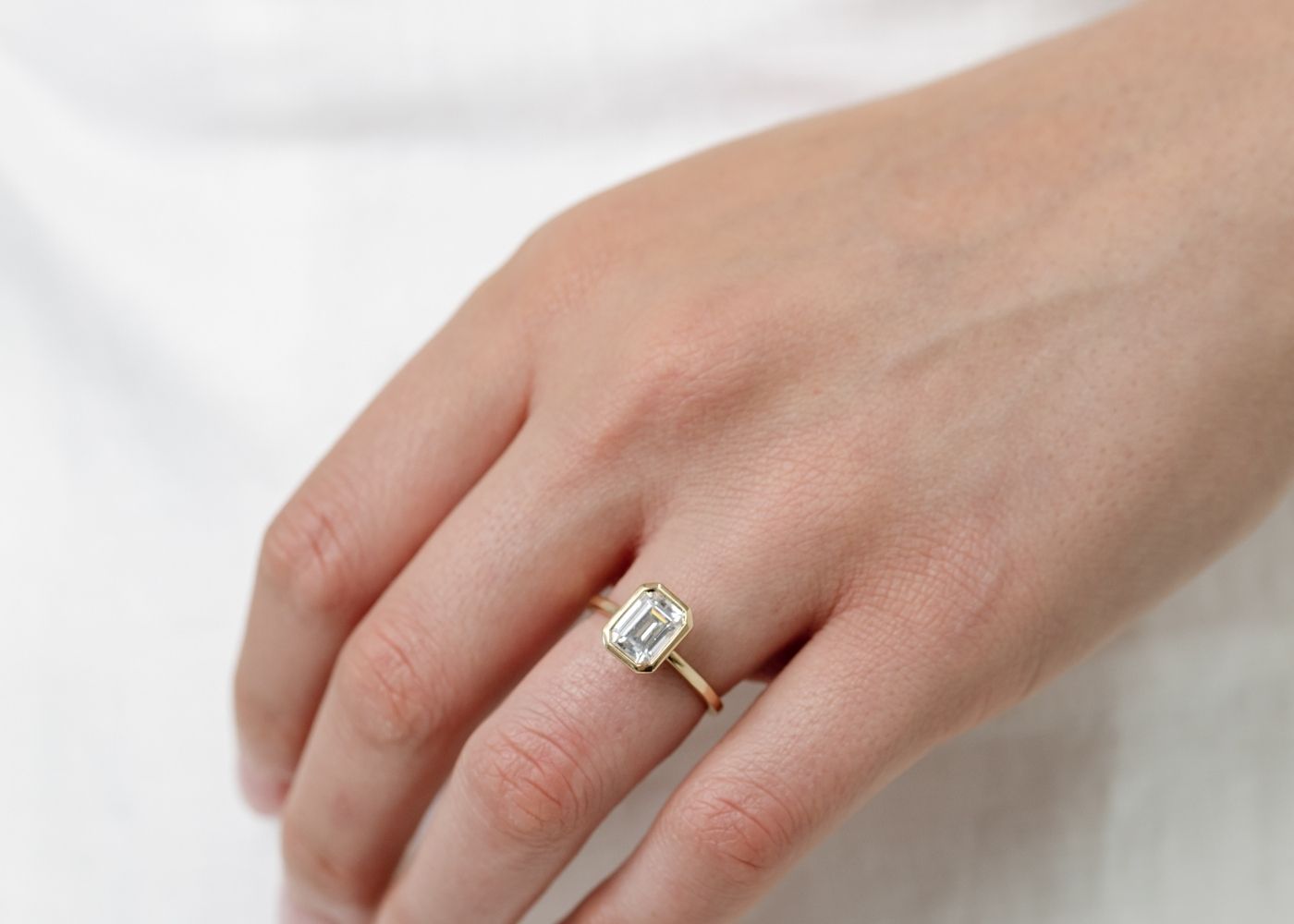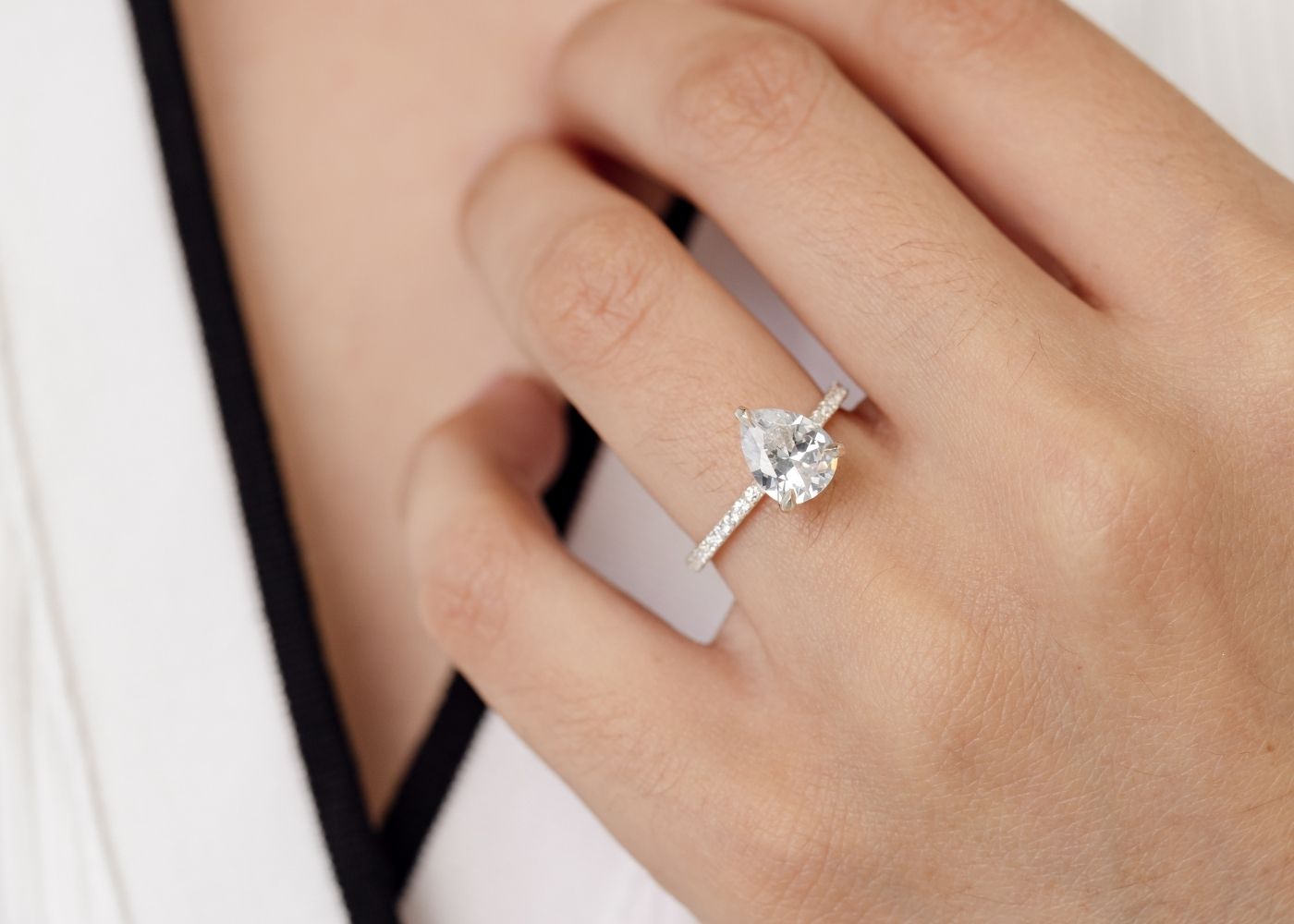Marriage
Definitions and Cultural Variations of Marriage
- The word marriage derives from Middle English 'mariage,' which comes from Old French 'marier' and Latin 'marītāre' and 'marītāri.'
- Anthropologists have proposed various definitions of marriage to encompass different marital practices across cultures.
- Definitions of marriage have varied greatly within Western culture.
- Edvard Westermarck defined marriage as a durable connection between male and female beyond reproduction.
- The History of Human Marriage (1891) defined marriage as a connection between male and female lasting beyond reproduction.
- The Future of Marriage in Western Civilization (1936) defined marriage as a relation recognized by custom or law.
- The anthropological handbook Notes and Queries (1951) defined marriage as a union between a man and a woman with recognized legitimate offspring.
- Kathleen Gough suggested modifying the definition to include a woman and one or more other persons based on the Nuer people's practice of ghost marriage.
- Gough's analysis of the Nayar society in India led her to define marriage based on the legitimacy of offspring alone.
- Edmund Leach criticized the definition based on legitimacy and proposed viewing marriage in terms of the rights it establishes.
- Leach listed ten rights associated with marriage, including establishing legal parenthood, sexual monopoly, and control over property.
- Leach argued that no single definition of marriage applies to all cultures.
Types of Marriages
- Monogamy
- Polygamy
- Group marriage
- Serial monogamy
- De facto polygamy
- Monogamy is the practice of having one spouse.
- Polygamy is the practice of having multiple spouses.
- Polygamy is most commonly practiced as polygyny, where a man has multiple wives.
- De facto polygamy refers to the practice of having multiple partners without legal recognition.
- Group marriage, also known as plural marriage, involves more than two persons forming a family unit.
Polygamy
- Polygamy is recognized as legal in some countries and cultures.
- In some societies, polygamy is practiced de facto, even if not legally recognized.
- Polyandry is the practice of having multiple husbands.
- Polyandry is less common than polygyny but still exists in certain societies.
- Plural marriage, also known as group marriage, involves more than two persons forming a family unit.
Child Marriage and Same-sex Marriages
- Child marriage involves one or both spouses being under the age of 18.
- Child marriages are often arranged between families, sometimes at a young age.
- Same-sex marriages have been documented in indigenous and lineage-based cultures.
- The legal recognition of same-sex marriages is a relatively new practice.
Cohabitation and Partner Selection
- Cohabitation can be considered a common-law marriage or an unregistered partnership in certain jurisdictions.
- Some countries recognize cohabitation for taxation and social security benefits.
- Partner selection for marriage varies across cultures.
- The percentage of people who marry before age forty-nine varies globally.
- Marrying someone older or younger may impact marital stability.
- Some individuals seek partners with higher or lower social status.
Marriage Data Sources
| Reference | URL |
|---|---|
| Glossary | https://harryandcojewellery.com.au/blogs/glossary/marriage |
| Wikipedia | http://en.wikipedia.org/wiki/Marriage |
| Wikidata | https://www.wikidata.org/wiki/Q8445 |
| Knowledge Graph | https://www.google.com/search?kgmid=/m/04ztj |





